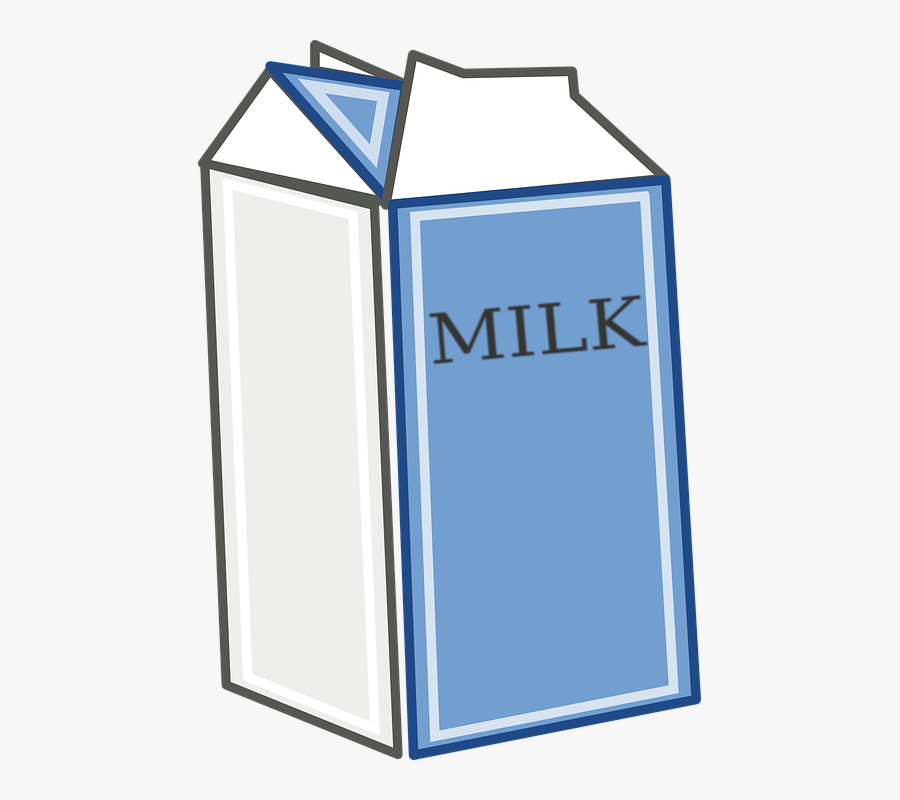
“The removal of 2% and whole milk from school cafeterias has had nothing but negative impacts on all stakeholders involved, including children and farmers,” Hawley said. “Providing more dairy options to students will only encourage them to get the nutrition their growing bodies need from milk, and help farmers recoup revenue lost since the passage of this ill-conceived prohibition.”
While the regulation banning these types of milk was put in place to combat rising trends of childhood obesity rates and type 2 diabetes diagnoses, these trends have only continued following its enactment.
Countering the narrative that whole and 2% milk is unhealthy for children, recent studies have shown children who drink full-fat dairy products tend to be leaner than their peers and have a lower risk of becoming overweight.
Other studies have found those who consume whole-fat dairy may have a lower risk for heart disease and type 2 diabetes, lower blood pressure, an increased satiety without weight gain and better sleep.
The removal of these milk options has also had a negative effect on dairy farms throughout upstate New York, who have long counted on revenue from milk sales to schools to keep their businesses operational. Already facing numerous obstacles in maintaining their viability as a business in recent years, including the lowering of the farm laborer overtime threshold, Hawley is hopeful this bill’s passage will help dairy farmers survive these new challenges to their livelihoods.























